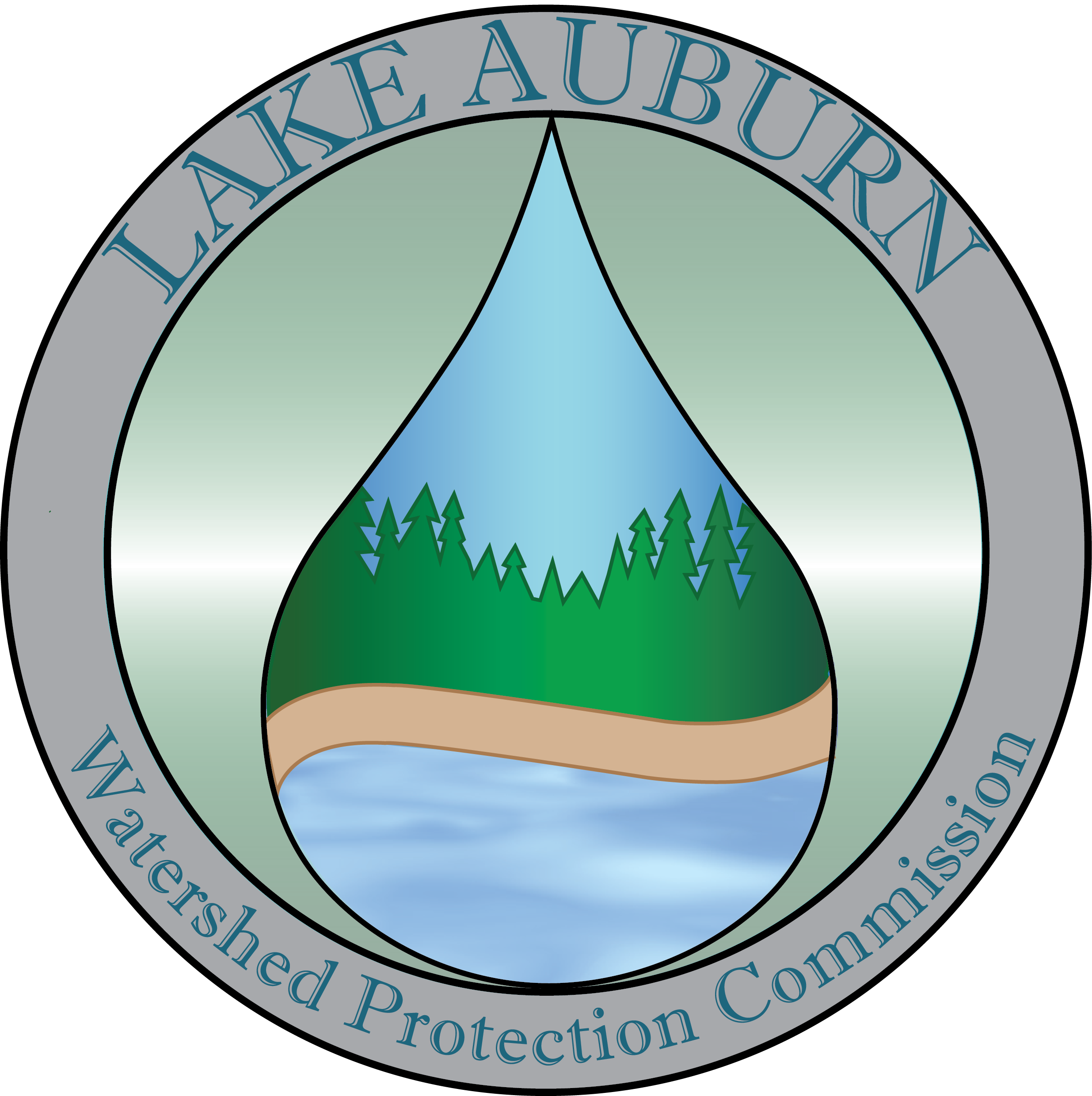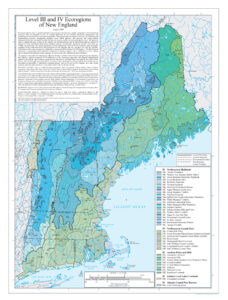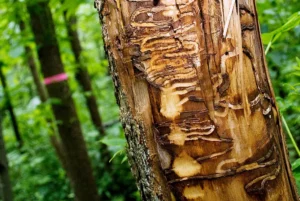Biodiversity plays a key role in maintaining a healthy ecosystem. Auburn and Lewiston lay in the most biodiverse bioregion of interior Maine, known as the Central Maine Embayment. The Central Maine Embayment stretches from the Androscoggin River Watershed east toward Bangor, and north from Midcoast Maine toward the Aroostook Hills. The region features rolling plains, hills, lakes, swamps bogs, and forest. So, what is ‘biodiversity’? Biodiversity is the variety of life in the world, or in a particular habitat or ecosystem. Typically, biodiversity is broken down to three levels: genetic diversity, species diversity, and ecosystem diversity. These three levels compose the complex web of life on earth, or in a localized ecosystem.
The current situation we find ourselves regarding biodiversity is known as the “biodiversity crisis” which is defined by Earth.org as the loss of life on Earth at various levels, ranging from reductions in the genetic diversity to the collapse of entire ecosystems. A 2021 UN report found that biodiversity is declining at a dangerous rate and will continue to accelerate in the coming years due to human activities and impacts. It is estimated that one million of the eight million known species on Earth are considered threatened. Threatened species are species whose population is at a greater risk of extinction. That is approximately twenty five percent of all species on Earth.
As we grapple with the biodiversity crisis all over the world, The Central Maine Embayment has been impacted by specific challenges. The region is the most populated in interior Maine, thus there is more infrastructure such as roadways, developments, and agriculture; leading to habitat fragmentation, deforestation, and movement of non-native species. Several studies document that biodiversity is lowest in the built environment (meaning buildings, and sealed surfaces such as roads) within the urban core. Substantially less species are found in cities than in natural areas outside the city limits, such as a preserve. Studies point to the reduction in vegetation being the main driver of the reduction in species within cities (McKinney,2002). Within Suburban development it is common to see an increase in biodiversity compared to urban areas due to less density and lower impact. However, there is also evidence that suburban areas decrease biodiversity. It is more common to find non-native and invasive species in suburban areas used for ornamental purposes rather than a healthy working ecosystem. Such non-native plants are less suitable for native insects, birds, and animal taxa (McKinney, 2002). In growing suburban areas, active development poses the greatest threat to biodiversity and devastates existing ecosystems, and even causes localized extinctions (McKinney, 2002). Construction on new developments also prevent successional ecosystems, which are ecosystems which pop up after an ecological disturbance such as a wildfire, storm, or deforestation.
There are some effective conservation strategies to help protect native biodiversity. The cheapest, and easiest option is to preserve natural areas and as many fragments of native ecosystems as possible. Preserving native ecosystems provides countless services that benefit the environment, as well as human well-being, and the economy. The next option is to restore native ecosystems that have been disturbed by human activities. This can be difficult, and expensive; however, not in every case. When human development disturbs an area, and the space is no longer needed, it can be restored ecologically. The human disturbance can be mitigated to allow a successional ecosystem to form, which is typically very biodiverse. Additionally, these areas reduce the diversity of non-native species. Another approach is restoration and cultivation of a particular plant species. Cultivation in a managed habitat is a great way to increase biodiversity and benefit other native plant and animal species.
Scarring from Emerald Ashe Borer – John Ehlke
The greatest threat to biodiversity in this region is invasive species, which are non-native plants or animals that naturalize to its new environment and cause ecological, social, or economic damage. Some examples of the impacts of invasive and non-native species include invasive plants like Asiatic Bittersweet, which chokes out the plants in the understory, then climbs and weighs down essential trees and spreads with ease throughout a forest taking root and pushing out native competitors such as American Bittersweet. Emerald Ash Borer poses a risk to the Ash trees in New England forests, and in our cities as it is a common street tree. Variable Leaf Milfoil poses a threat to water quality and native aquatic plants found in lakes across Maine. These examples pose great threats to ecosystem health, which in turn leads to habitat destruction, and fewer species. A non-native tree also holds less capacity to supply habitat than a native tree. The National Audubon Society uses Oaks and Gingkoes as an example of this. Where a native Oak tree may support over 500 species of native caterpillars, a Gingko may only support five. Meanwhile, a brood of chickadees needs 6,000 caterpillars to succeed. Protecting and preserving Maines native species supports a broad ecosystem, and web of life. Protecting the diverse array of plant life, in turn protects our fauna and makes for a healthier ecosystem in the watershed.
Like the solutions mentioned previously, the best ways to combat biodiversity loss is to preserve healthy biodiverse ecosystems, and to restore ecosystems and reforest degraded forests and woodlands with indigenous species. Additional it has been found that actions to halt biodiversity loss benefit the climate (Shin Et al., 2022). Urban centers, suburbs, and development projects have several impacts on biodiversity and contribute to the crisis we are facing globally, however there are solutions that can help if implemented properly. Nature as the capacity to heal, humans must adapt our activities and way of life to be more sustainable and reflect the complex web of things that keep the ecosystem in balance globally. By getting involve in your community to help push measures that ensure natural areas are preserved and to help get funding moved toward conservation and ecological restation in your community a big step can be taken locally to keep biodiversity high and the environment healthy in your community.


